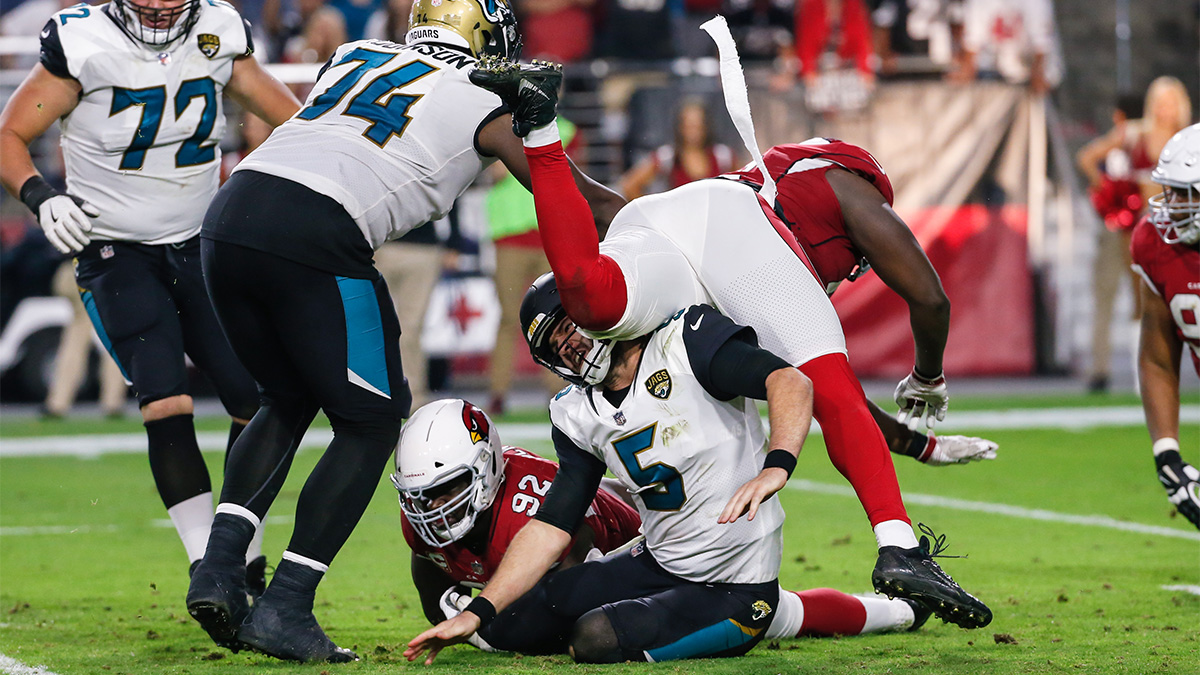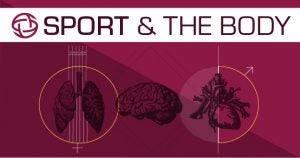NFL investing $60 million in safety innovation technology

Football is at its best when the stars are on the field and not the sidelines. With a record 291 reported concussions in the 2017 season, the NFL has made significant attempts to improve the safety of the sport through innovative technology, such as their $60 million investment into the Engineering Roadmap.

The Roadmap, managed by Football Research, Inc. (FRI), attempts to bring knowledge, research and tools together to develop and improve protective equipment for the head and lower body.
Over the past four decades, the NFL has collected and amassed a large database of injury reports. In just the past 10 years, over 42,000 injuries and 8,000 players have been logged. Use of this data has resulted in policy changes, such as the “Helmet Rule,” which penalizes players for lowering their head to initiate contact. Since then, the NFL reported a 29% reduction in concussions.
With the database growing every year, the league has employed various new uses of artificial intelligence in order to better understand the data. For example, sensors are being built into mouthguards to study concussions in a pilot program at Bemidji State.
“The goal of it is to validate the program to make sure that the sensors work, that they’re transmitting the data appropriately, that we’re collecting the data, that we can make sense of the data, that player acceptance is real,” Jeff Miller, the NFL’s EVP of health and safety, told SportTechie. “That’s a lot of variables that we’re looking at now. It’s a pilot program in the truest sense of the word.”
One of the objectives of this pilot program is to trend toward position-specific helmets. For instance, quarterbacks are susceptible to concussive blows to the back of their head as a result of being brought down by a defender. The NFL has already installed RFID chips into all helmets to monitor which model was used when the injury occurred.
“We’re working to build a partnership — we’re still sorting out with whom — to build a data lake, or a big data repository, to understand a lot of the data that’s collected from the mouthguard and all these different areas,” NFL chief operating officer Maryann Turcke told SportTechie. “Is there a way you can start to predict [whether] certain combinations of cleats and turf have a higher combination of certain [injuries] happening? Bringing big data and predictive analytics to health and safety is a really big area that the team is working on.”
Many of the recent projects have focused on concussion prevention, but the NFL is looking to tackle lower extremity injuries in the coming years. Injuries to the lower body, such as breaks and tears, are the leading cause of time missed by players, accounting for approximately 60% of all NFL injuries.
Use of RFID technology hasn’t been limited to helmets. The NFL has chipped the cleats of eight teams to understand the cleat patterns being worn on various surfaces and their correlation to injury rates. While manual logging of data is being done in-house for the remaining 24 teams, expansion across the entire league is planned for 2020.
Jeremy Kent, professor of Biomedical Engineering and Emergency Medicine at the University of Virginia, detailed the importance of evaluating the stress athletes’ feet endure during games.
“If the shoe is too narrow, the side of the foot can slip off the plate of the shoe,” he said. “If it gets over the side of the shoe, the bones on the side of the foot can break. And so, the shoe needs to be wide enough to accommodate an NFL player.”
With Zebra Technologies, who are responsible for the tracking of player equipment in the NFL, renewing their contract through the 2022 season, more innovative technology aiming to increase player safety can be expected in the future.
Chase Williams is a senior sports journalism major at Arizona State University
Related Articles
Burfict suspension shows NFL serious about ending head-first hits
New study says classic concussion treatment may not be effective
Conflicting research on CTE shows need for more study

